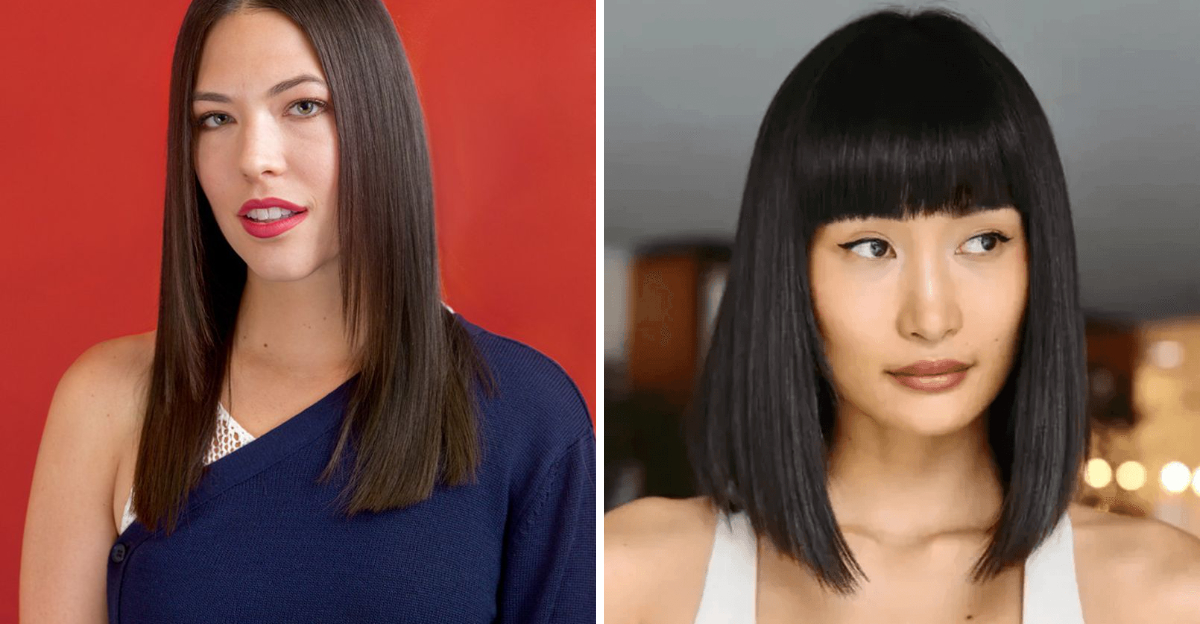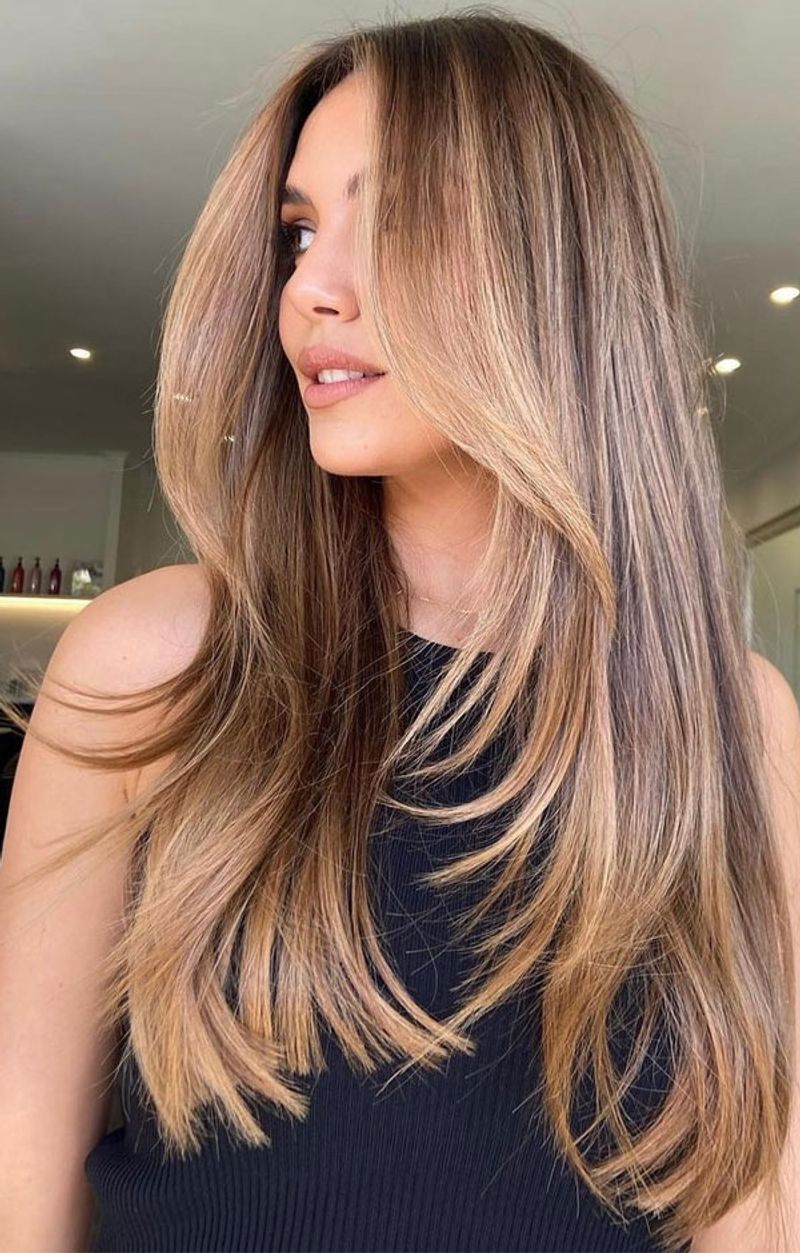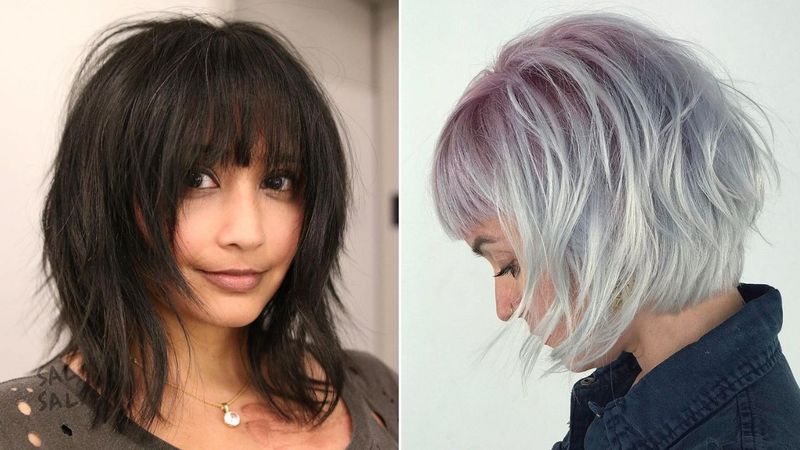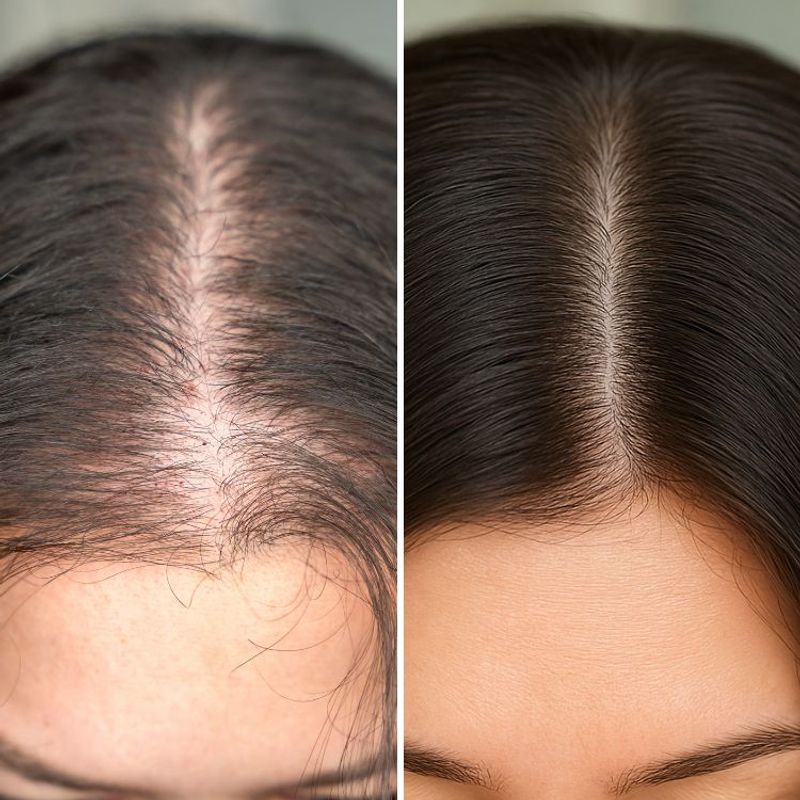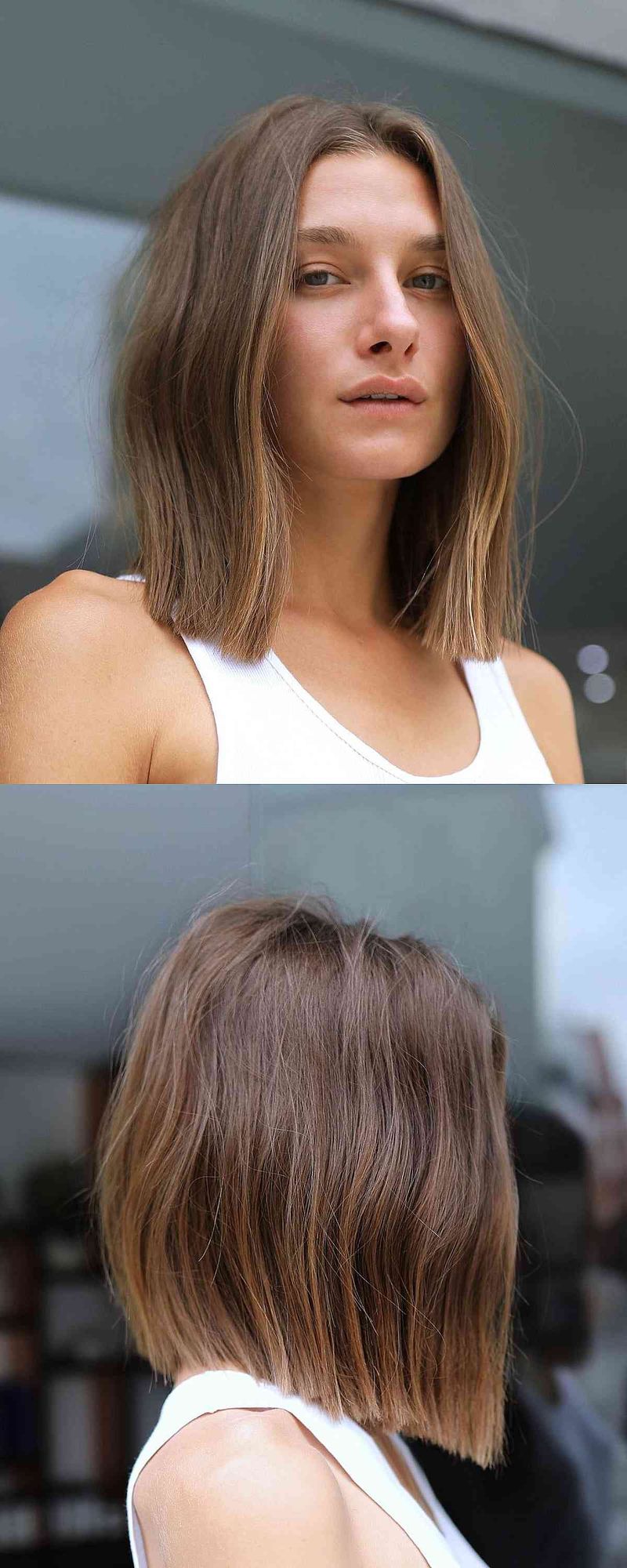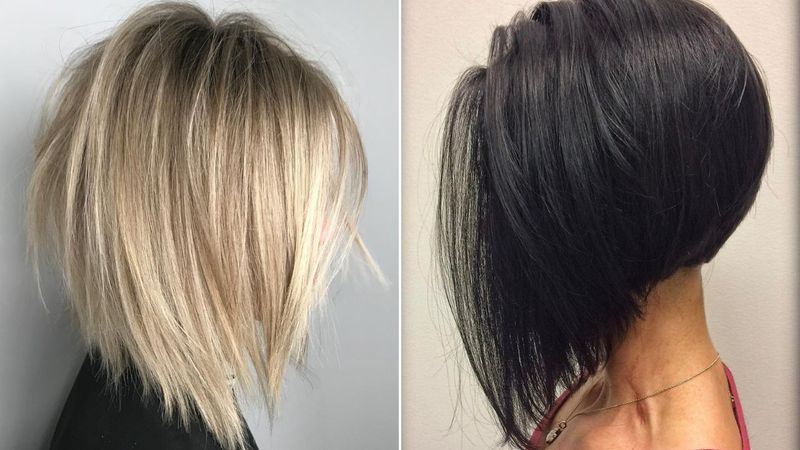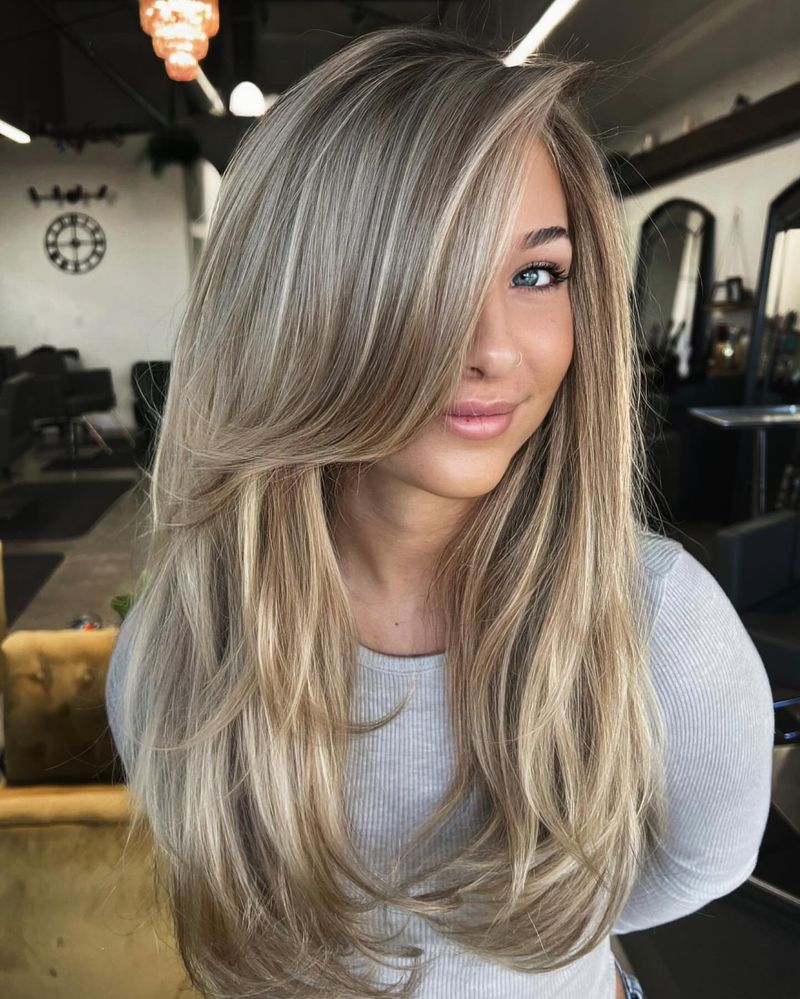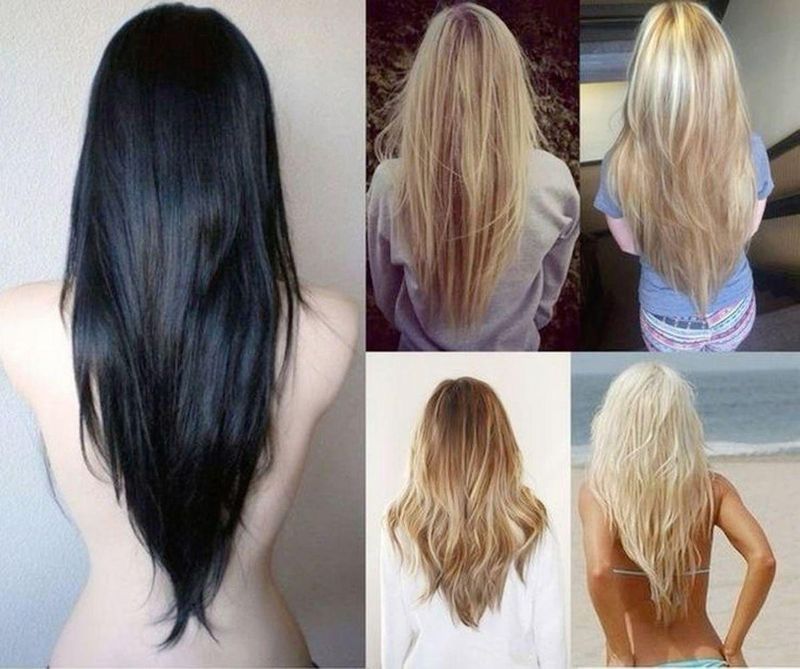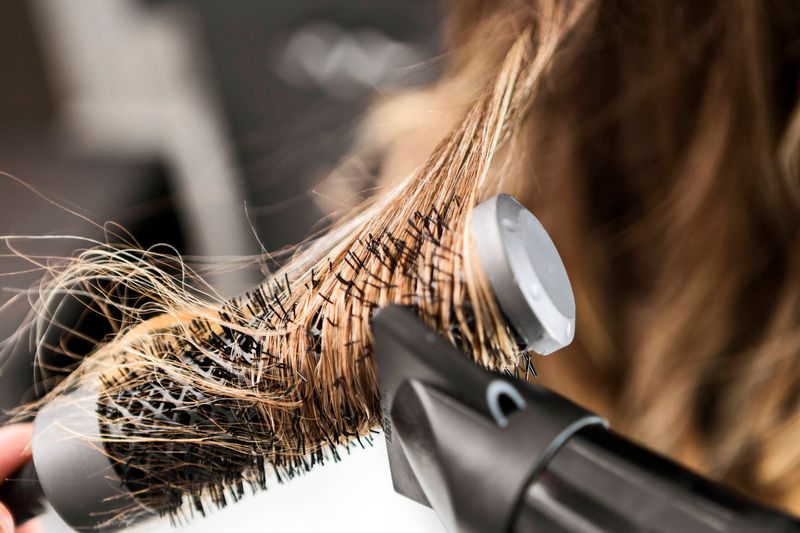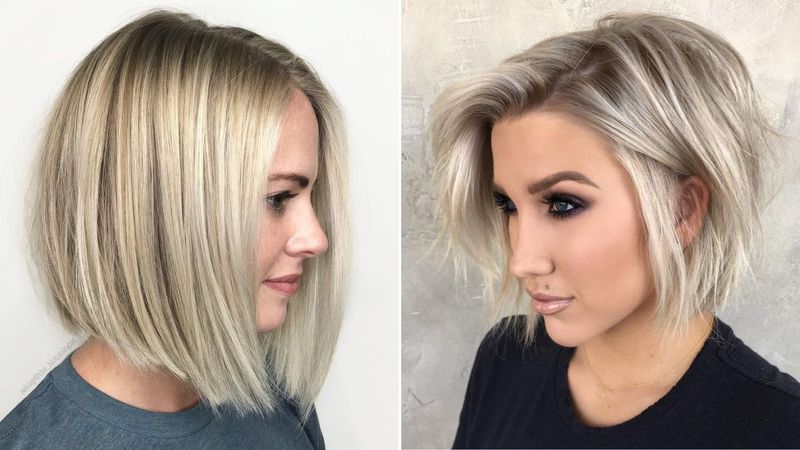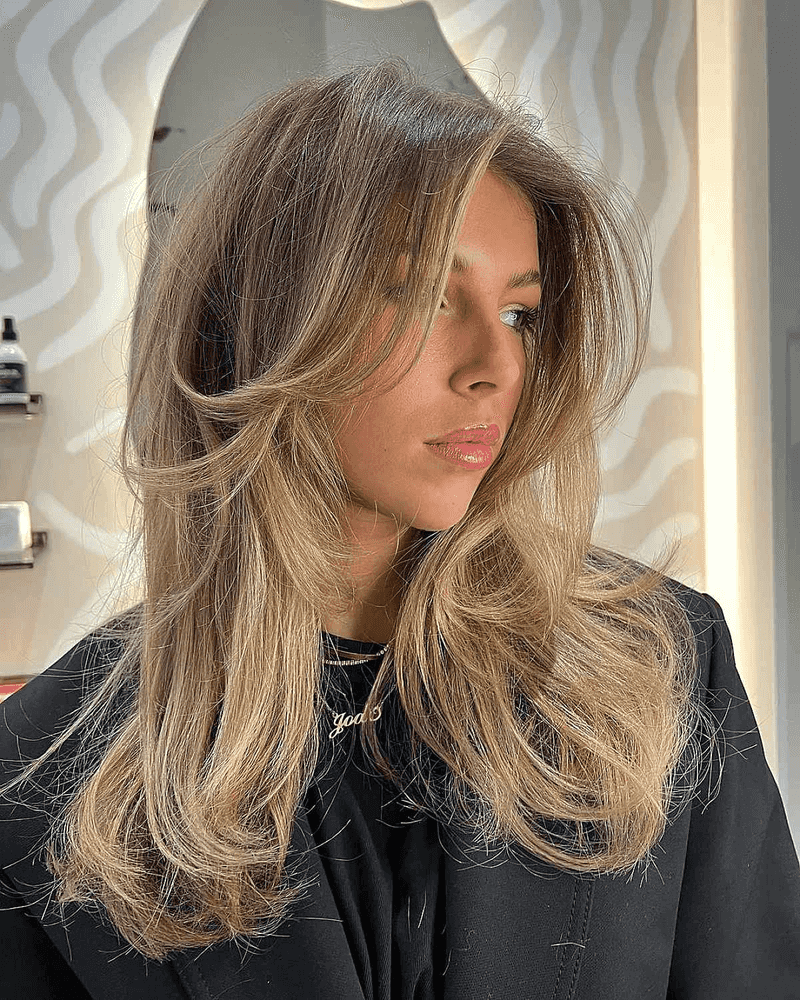Fine hair comes with its own set of challenges. When you’re working with less volume, certain haircuts can make your locks look even thinner or create daily styling nightmares.
Let’s explore which cuts to skip and which seemingly innocent styles might secretly sabotage your morning routine.
1. One-Length Blunt Cut
Lacking layers means lacking movement. A single-length cut makes fine hair appear flatter and limper than it actually is.
The weight of the hair pulls downward, eliminating any natural volume you might have had. Skip this severe style for something more dynamic.
Related: -14 Empowering Pixie Styles for Women Over 40 Who Own Their Look
2. Super Long Strands
Extra length creates extra weight. The longer fine hair grows, the more gravity pulls it down, resulting in roots that lie flat against your scalp.
Your precious volume disappears as your hair stretches past your shoulders. Consider a shorter cut that won’t drag your hair down.
3. Penteado afiado
Razor cuts might sound edgy and cool, but they’re terrible for fine hair. The technique thins out your already delicate strands, creating wispy ends that highlight thinness.
Stick with scissors for a cleaner edge that maintains what little bulk you have.
4. Pixie Cut With Thinned Ends
Thinning shears are fine hair’s worst enemy. Many stylists automatically reach for them when creating pixies, not realizing they’re destroying your hair’s appearance of fullness.
A pixie can work for fine hair, but only when every strand is preserved for maximum impact.
5. Severe Center Part
Middle parts expose your scalp’s thinnest area right down the center. For fine-haired women, this creates an unfortunate spotlight on any sparseness at your crown.
Opt for side parts or soft, off-center partings that create the illusion of lift and volume.
6. Franja sem corte
Heavy, straight-across bangs require substantial hair to look full. Fine hair often separates and shows gaps with this style, especially as the day progresses.
The maintenance is brutal too—you’ll constantly battle limp, separated fringe that refuses to stay put.
7. Shag With Too Many Layers
Excessive layering removes crucial bulk from fine hair. While some layers add movement, too many create a disconnected, wispy effect that emphasizes thinness rather than disguising it.
Moderation is key—ask for just enough layers to create movement without sacrificing density.
8. Sleek Straight Style
Flat-ironing fine hair removes what little natural texture and volume you have. The result? Hair that looks painted to your head, highlighting every thin spot.
Embrace some natural texture or gentle waves instead of pursuing poker-straight styles that expose thinness.
9. Undercut or Shaved Sections
Removing substantial sections of hair might seem edgy, but it’s risky with fine hair. The remaining sections need to cover the shaved areas when styled differently, which thin hair struggles to do.
Once you commit, growing it out becomes an awkward multi-year journey.
10. Blunt Lob Without Texture
A one-length long bob without internal texture sits like a helmet on fine-haired heads. The solid shape emphasizes rather than disguises thinness around the ends.
Request some subtle internal layering or texturizing to create movement without sacrificing the strong outline.
11. Severe A-Line Bob
Dramatic angle bobs leave the back significantly shorter than the front. This removes hair where fine-haired women need it most—at the nape—creating a see-through effect when viewed from behind.
A more subtle graduation maintains necessary bulk in this critical area.
12. Camadas de penas
Those wispy, feathered layers popular in the 70s (and occasionally now) spell disaster for fine hair. The technique deliberately thins out the ends, creating stringy sections that separate and emphasize lack of density.
Choose blunter-cut layers that preserve thickness at the ends.
13. V-Shaped Long Layers
This cut creates a dramatic V-point at the back while heavily layering the sides. Fine hair lacks the density to support this architectural shape, resulting in stringy ends and an unintentional mullet effect.
Keep layers more moderate and evenly distributed instead.
14. Daily Blow-Dry Marathons
Some cuts require daily heat styling to look presentable. For fine hair, this constant heat exposure leads to breakage and even thinner-looking strands over time.
The damage accumulates quickly, leaving you with less and less hair to work with.
15. Product-Dependent Styles
Certain cuts only work with handfuls of product. Fine hair quickly becomes weighed down and greasy-looking when overloaded with styling aids.
By lunchtime, your morning volume has disappeared under the weight of products meant to create it. Choose cuts that work with minimal styling assistance.
16. High-Maintenance Precision Cuts
Geometric cuts requiring perfect alignment haunt your schedule with frequent trim appointments. Fine hair grows unevenly and loses its shape quickly, making that sharp bob or precise angle impossible to maintain.
You’ll be back in the salon every 3-4 weeks just to keep it looking intentional.
17. Curl-Dependent Styles
Some cuts rely on curls for structure and volume. Fine hair often struggles to hold a curl, falling flat within hours despite your best efforts with hot tools.
The morning versus afternoon difference can be dramatic, leaving you looking like two different people throughout the day.
18. Slicked-Back Styles
Trendy wet-look or slicked-back styles create scalp show-through that fine-haired women dread. What looks sleek and intentional on thick hair instead reveals every thin patch on your head.
The harsh styling also stresses delicate strands, potentially causing breakage along the hairline.
19. Extreme Side-Swept Bangs
Those dramatic side-swept bangs covering half your face require substantial hair to execute properly. Fine hair lacks the density to create this look without showing gaps or sticking to your forehead.
The constant readjustment throughout the day becomes an endless battle.
20. Harsh Asymmetrical Cuts
Dramatic asymmetry draws attention to your hair—which isn’t ideal when dealing with fineness. The longer side often lacks the weight and substance needed to create the intended bold statement.
Instead, it appears limp and underwhelming compared to its intended impact.

